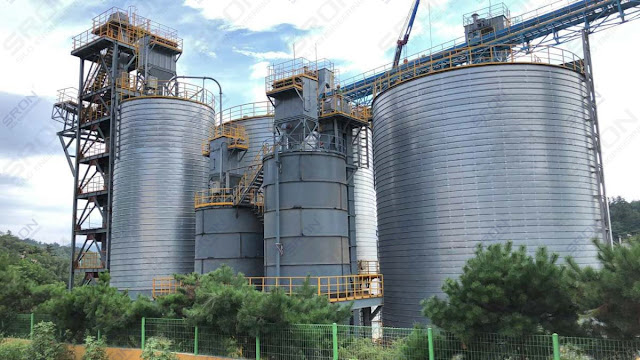Steel Silo for Bulk Material Storage
.jpg)
Steel Silo Introduction Steel silo is a tool for storing materials that is welded or bolted with steel plates. Steel silo was first used in the cement industry , and now it is also widely used in the building materials industry, coal industry , chemical industry, grain industry, etc. The effective diameter of steel silo can reach tens of meters, the silo body is cylindrical, the roof of the silo is spherical, and the wall of the silo is in the form of a steel structure frame. As an energy-saving, sealed, and environmentally-friendly equipment, steel silo not only solves the problem of safe storage of off-season materials and short-supply of hot-selling peak seasons in terms of powder materials, but also serves as a storage silo for centralized use of bulk materials. It has a very prominent effect on emission reduction and environmental protection. Compared with other storage methods, why do more and more owners choose to build steel silos to store bulk materials...


